Description
Chinese cabbage which includes pak choy, bok choy, Michihli, and celery cabbage is a cool-weather vegetable. Sow Chinese cabbage directly in the garden as early as 4 to 6 weeks before the last average frost date in spring. Chinese cabbage must come to harvest in the cool temperatures and shorter days of spring or autumn before temperatures rise above 75°F. Plants require from 50 to 85 days to come to harvest depending upon the variety.
Description. Chinese cabbage is a hardy biennial grown as an annual. Chinese cabbage has broad, thick, tender leaves and heavy midribs. There are several varieties of Chinese cabbage some are loose head and some are tight headed; plants grow from 15 to 18 inches tall.
Yield. Grow 6 to 8 plants per household member and grow cut-and-come-again.
Site. Grow Chinese cabbage in full sun in cool regions and in partial shade in warm regions. Plant Chinese cabbage in well-worked, well-drained but moisture retentive soil rich in organic matter. Add aged compost to planting beds before planting and side dress crops with compost again at mid-season.
Planting time. Chinese cabbage is a cool-weather plant which will bolt and go to seed quickly in warm weather and long days; grow Chinese cabbage in spring or autumn in temperatures ranging from 45° to 75°F. Sow seed 4 to 6 weeks before the average date of the last frost in spring. Sow seed directly in the garden; seedlings transplanted into the garden may be shocked into bolting to seed. In mild winter regions, plant Chinese cabbage in late summer or autumn for a late autumn harvest.
Planting and spacing. Sow seed ½ inch deep and 4 inches apart. Thin successful seedlings from 12 to 18 inches apart. Space rows 18 to 30 inches apart depending upon variety.
Chinese cabbage does not transplant well. Seedlings started indoors should be started in biodegradable peat or paper pots which are easily set into the garden.
Water and feeding. Keep soil evenly moist so that plants grow fast and stay tender. Slow growth can result in plants going to seed.
Companion plants. Cabbage, cauliflower, Brussels sprouts. Do not plant with tomatoes, peppers, okra, or potatoes.
Care. Keep plants cool when the weather warms; do not let Chinese cabbage sit in direct sun for more than 8 hours each day.
Container growing. Chinese cabbage can be grown in containers at least 8-inches across. Plant Chinese cabbage on 10-inch centers in larger containers. Plants are sensitive to heat so move them into shade when the weather warms.
Pests. Chinese cabbage can be attacked by flea beetles, aphids, and cabbage worms. Aphids can be hand picked or hosed off. Cabbage worms can be controlled by spraying bacillus thuringiensis.
Diseases. Chinese cabbage is susceptible to yellow virus, clubroot, and black rot. Plant disease resistant varieties. Avoid handling plants when wet. Remove and destroy infected plants.
Harvest. Cut whole heads at soil level when they are compact and firm and before seed stalks form usually 50 to 80 after sowing. Complete the harvest before the arrival of freezing weather. If the first fall frost arrives before heads form, Chinese cabbage can still be harvested for greens.
Varieties. Burpee Hybrid (75 days); China Pride (68 days); Crispy Choy (pakchoy type, 53 days); Michihli (heading type, 72 days); Monument (80 days); What-A-Joy (65 days);
Storing and preserving. Chinese cabbage will keep in the vegetable compartment of the refrigerator for about 4 weeks. Chinese cabbage can be blanched and frozen for 3 to 4 months.
Common name. Chinese cabbage, white cabbage, flowering cabbage, celery cabbage, pakchoy, Michihli, Napa cabbage
Packet includes approximately 100+ seeds.

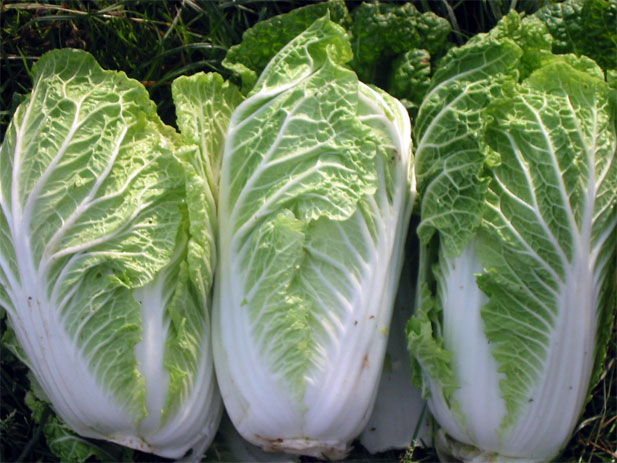
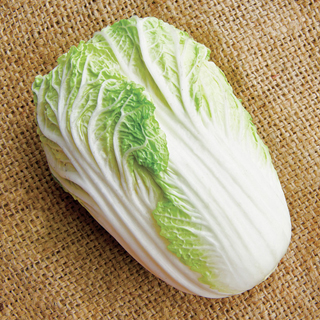

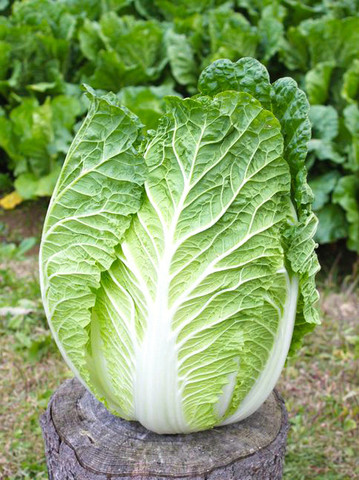
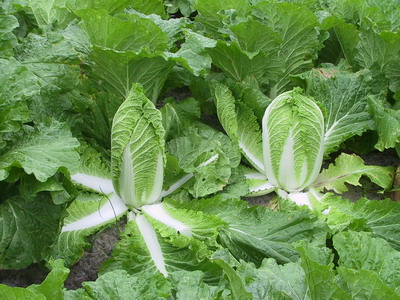

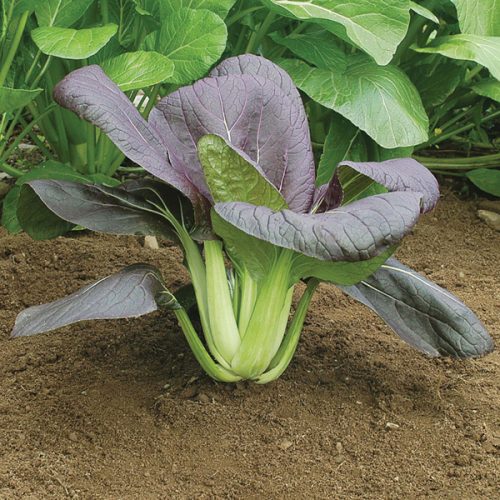
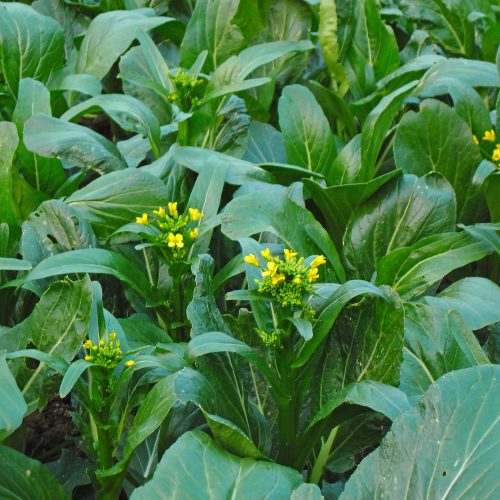
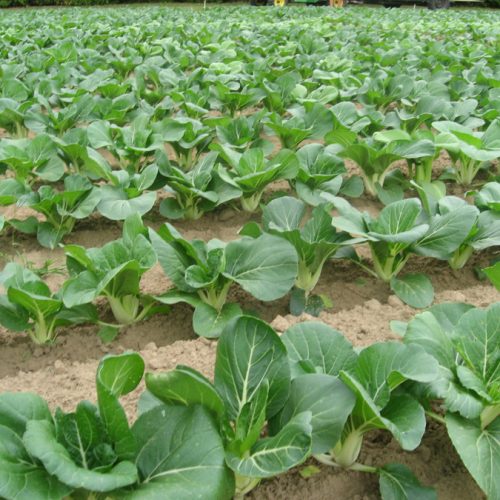
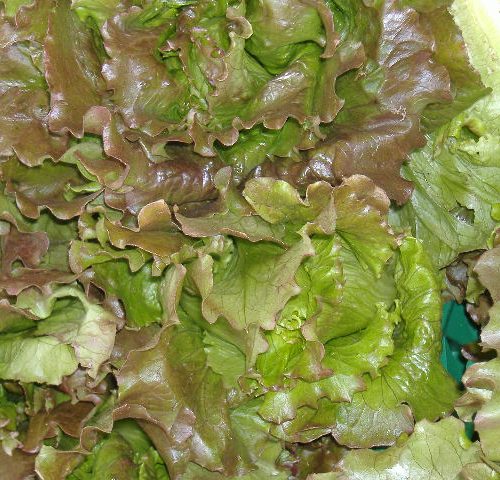
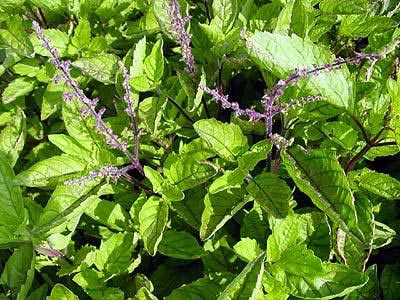
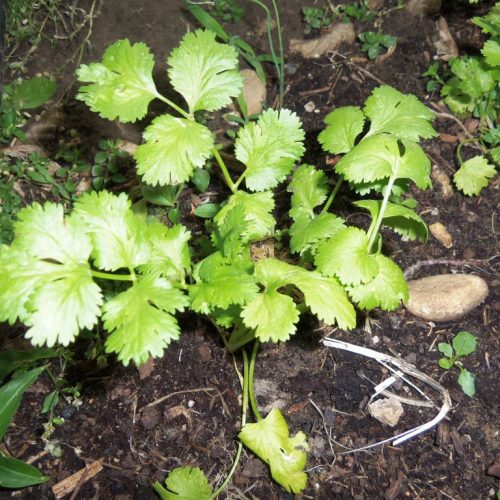

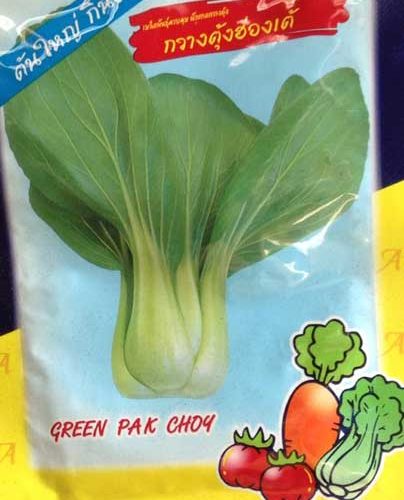
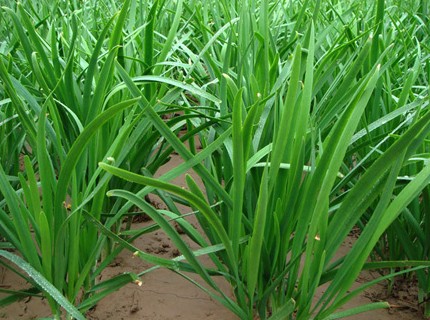
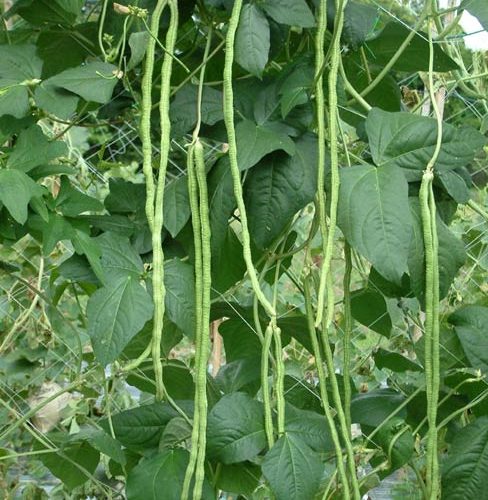
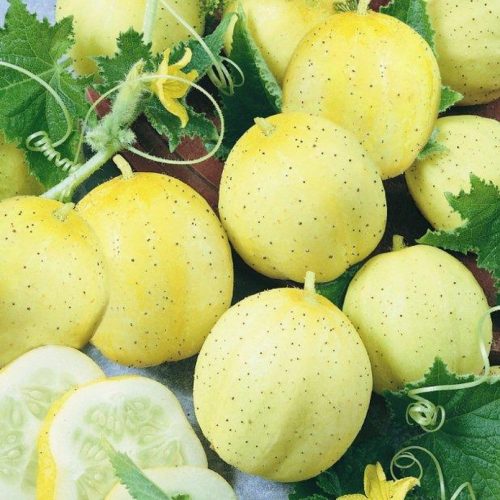
Reviews
There are no reviews yet.